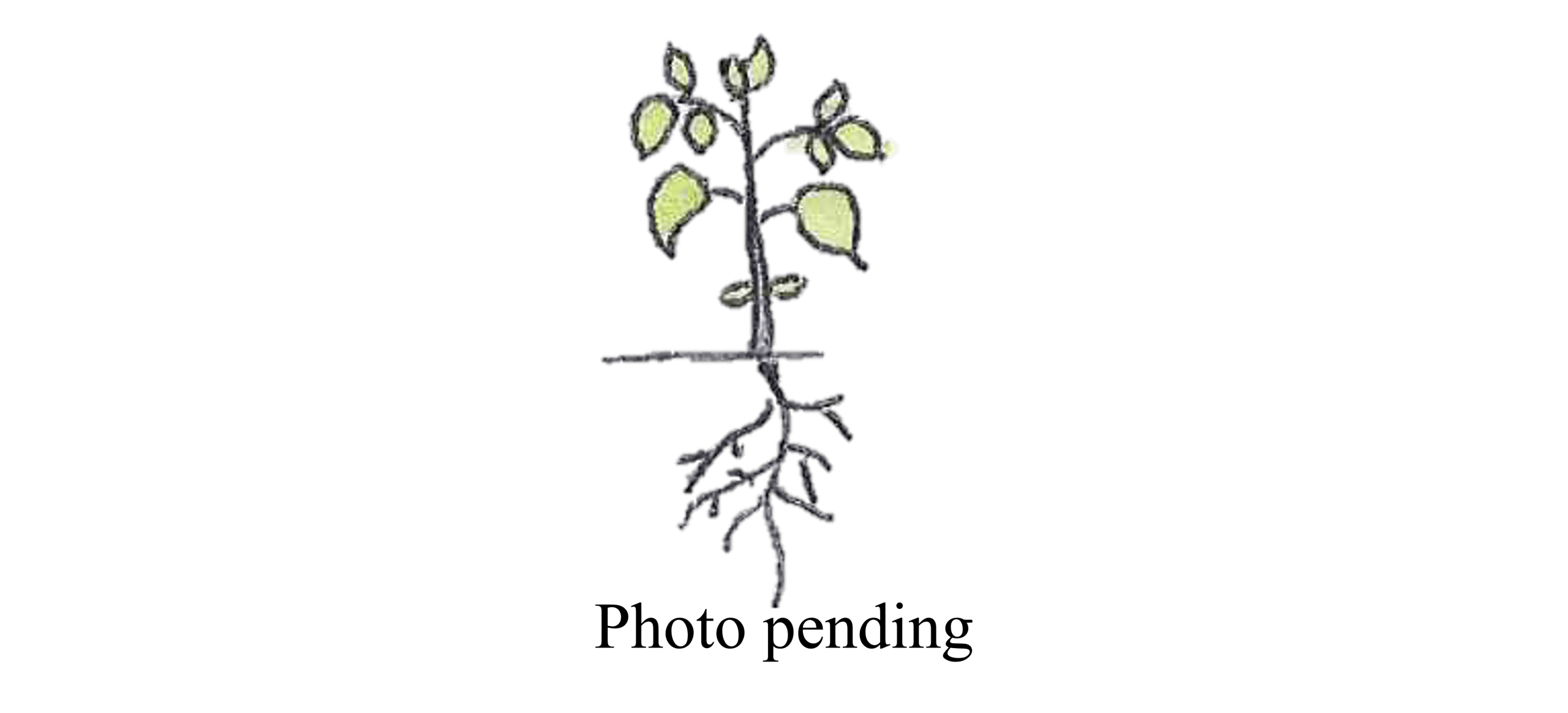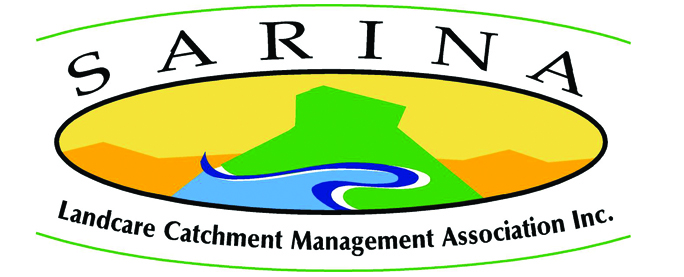Paper barked tea tree
Melaleuca quinquenervia, Fam. Myrtaceae

Tall tree that can grow to around 25m with thick grey white paperbark.
| Weed Category: | |
| Weed: | No |
| Form or habit: | Large Tree |
| Family: | Myrtaceae |
| Leaf: | Simple, alternate, entire, oblong-elliptical, 5-9 x 0.6-2.4cm, thick, firm, dull green with five longitudinal veins. |
| Flower conspicuous: | |
| Flower colour: |
White, Red, Cream |
| Flower description: | Cylindrical spikes, 4-8.5cm long, of creamy white (sometimes red) flowers, terminal or in upper leaf axils. Most months of the year, but mainly autumn to spring. |
| Fruit conspicuous: | Conspicuous |
| Fruit colour: |
Brown |
| Fruit: | |
| Fruit description: | Brown, woody capsules, about 4mm in diameter. |
| Habitat: | Gallery (riverine or riparian) forest, wetland. |
| Distribution | Queensland, New South Wales, New Guinea, Melanesia. |
| Food source for: | Nectar eaten by the rainbow and scaly breasted lorikeets, little wattlebird, little friarbird,, the brown, brown backed, Lewin’s, graceful, scarlet, singing, white cheeked and yellow faced honeyeaters and eastern spinebill. Flowers and leaves eaten by the rainbow and scaly breasted lorikeets. Flowers eaten by the black, grey headed and little red flying foxes. Larval food plant of the purple oak blue butterfly and the moth Porela arida. |
| Toxicity: | No toxicity known |
| Origin: | Australia, New Guinea, Melanesia. |
| Notes: | It is used as an ornamental tree and is suited to water logged and windy conditions. Grow from seed. Major source of pollen and honey for bees. Exploited commercially in New Caledonia for the essential oil that they export as niaouli. The oil has been used as a treatment for parasitic worms. Two varieties have been exploited commercially in the Northern Rivers district of NSW for their fragrant alcohols, nerolidol and linalool, which are used in perfume production. Leaf oils have also been used as a liniment to combat rheumatism, aches and pains. Some Aboriginal people soaked the blossoms in water to make a sweet drink and used the bark for roofing shelters, leaf infusions or decoctions were used to treat colds, headaches and general illness. Early settlers used the leaves to make lemony flavoured brew. The timber is durable in winter, however the high silica content quickly blunts tools. |
| Information sources: | Melzer R. & Plumb J. (2007) Plants of Capricornia. |



